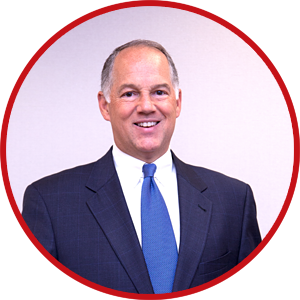
We believe that every organization, regardless of size or industry or operating model, must create strategic alignment.
That is why we say, “Alignment is Job One.”
For every idea, there are contrarians. Alignment is no exception.
So, let’s consider the question: is alignment really necessary for every organization?
Consider some of the common objections to alignment raised by my contrarian friends:
- Can’t you just let everyone do whatever they feel is right?
- Won’t top-down controls stifle innovation and creativity?
- Do you really need rules?
- Won’t people just naturally self-align to do what is in the corporation’s best interest?
- What, are we going to all join hands and sing "Kumbaya"?
After all, you can’t legislate morality.
Perhaps you are an alignment contrarian. Perhaps you have these questions and more. If so, consider these examples:
In 2014, the online retailer Zappos adopted a utopian “self-management” model called Holacracy. When Zappos adopted it, hundreds of managerial positions were eliminated. It was hailed as the future of work. Fully empowered employees. Free to contribute. Free to innovate. Free from creativity-stifling management.
Not so much. The Holacracy model has a formal constitution that is 42 pages long.
Consider Burning Man, the annual festival in the Nevada desert. It is designed to be the ultimate, utopian experience of individual freedom and “radical self-expression.” It attracts over 70,000 people from all walks of life (including, ironically, billionaires who fly in on private jets).
But even Burning Man has rules to keep everyone aligned.
Yes, but how about the anarchists?
The International Anarchist Federation is fighting for “the abolition of all forms of authority whether economical, political, social, religious, cultural or sexual.” Interestingly, even the IAF has rules. To become a member, you must agree to align with their statement of principles.
Amazing. Even anarchists need alignment.
I hope these examples help convince you that alignment is mission-critical for every organization.
If your company needs alignment, SHIFTPOINTS offers The Pit Stop Program -- a 30-day engagement that culminates in a One Day workshop. It is intensely focused on One Issue: unleashing the accelerating power of alignment. To schedule your Pit Stop Program, contact us at start@shiftpoints.com.



 When companies are small, they are in One Business. They target One Market. They sell One Product. There is One P&L. Everyone probably sits in One Office. But, as companies grow, they create divisions.
When companies are small, they are in One Business. They target One Market. They sell One Product. There is One P&L. Everyone probably sits in One Office. But, as companies grow, they create divisions. 